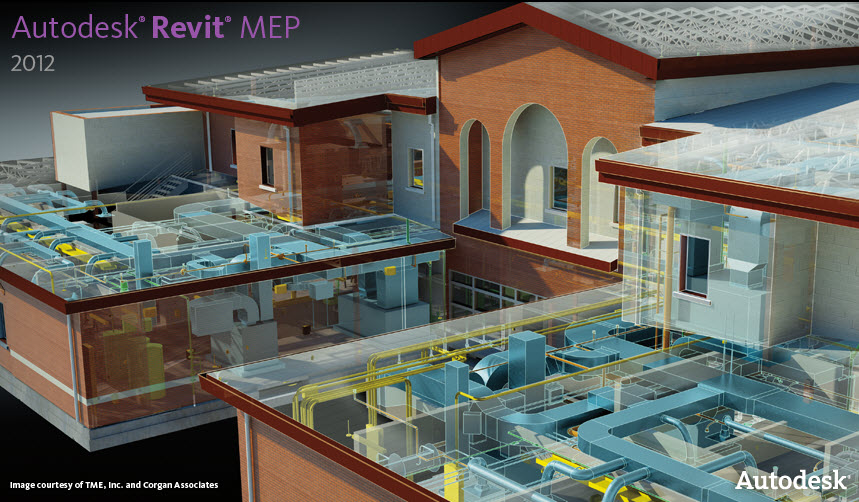I am trying to get results for Duct Pressure drop in Revit MEP.
Can you please share your ideas, as how can I achieve this?
This post has some additional information but is based on the Revit MEP calculation white paper from Autodesk. Revit MEP Duct Sizing calculations
Revit MEP computes pressure losses in ductwork based on the geometry and roughness of the ductwork, air
density, and air viscosity. Values for Air Density and Air Viscosity are specified in the Mechanical Settings.
Roughness is specified in the type properties for duct/duct fitting component families.
The following example shows how Revit MEP calculates the pressure drop for a 100 foot segment of 36"x24" duct carrying air flow of 12,000 CFM. Pressure drop is defined as:
This values checks with the Hydraulic Diameter parameter shown in the Properties of the Duct in Revit:
The velocity is based on the cross sectional area:
After determining the friction factor, the pressure drop can be calculated:








I believe they mean as ducts in a system. Not just one piece of duct. I believe the user has a complex set of ducts and doesn't want to querry each piece of duct, write down all of the pressure drops, and add up all of the potential runs to figure out which run has the most pressure drop to size his unit's fan. How can you get the program to do that?
ReplyDeleteHi Scoot,
ReplyDeleteThis is very nice to find your blog, it is a very useful and interesting place to discuss about Revit MEP.
Duct and pipe can be sized by pressure drop, but how about the friction loss of fitting. Generally, the fitting will also be considered by equal friction method to calculate the total pressure loss. Do you have any alternative ?
Regards,
Kenneth